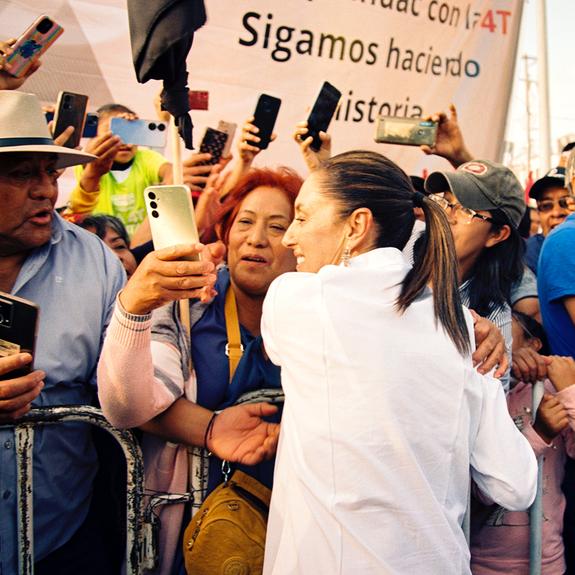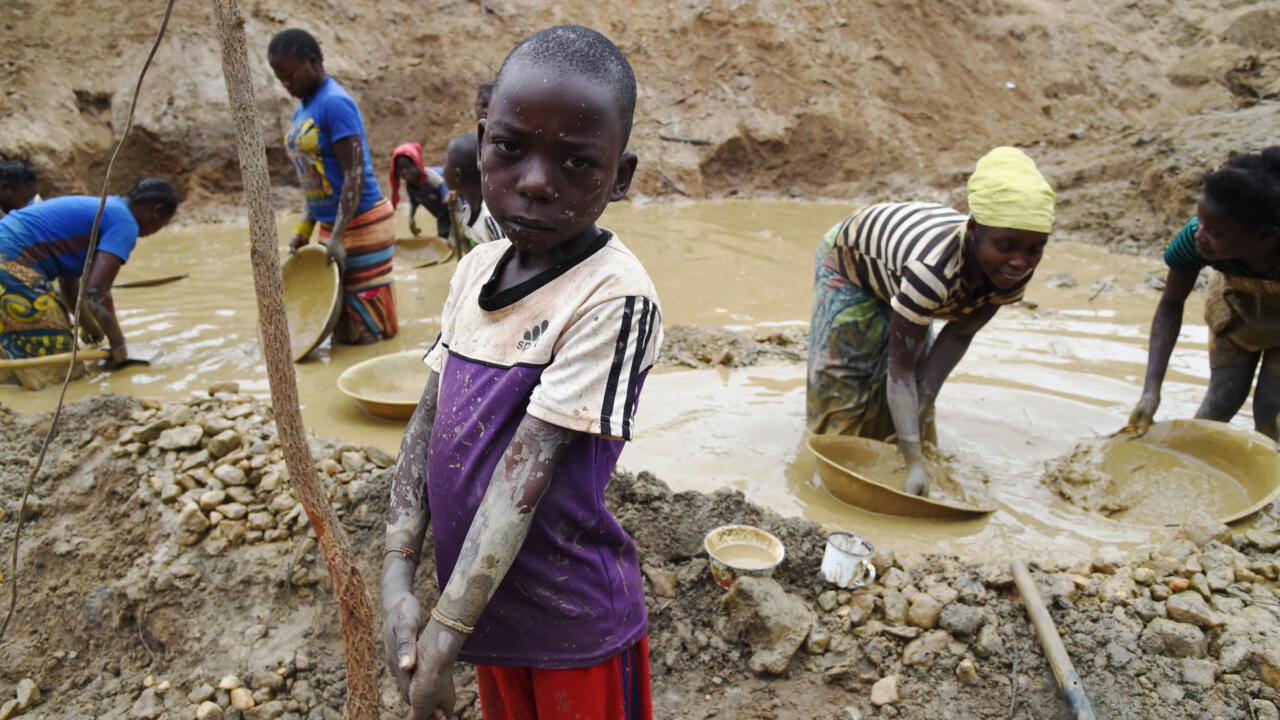Mexico records a historic drop in poverty – Le Monde.fr

Report on Poverty Reduction in Mexico and Alignment with Sustainable Development Goals
1.0 Executive Summary
This report details a significant reduction in poverty levels in the United Mexican States between 2018 and 2024. Based on official data from the National Institute of Statistics and Geography (INEGI), the findings, announced by President Claudia Sheinbaum, represent a historic achievement in the nation’s progress towards key United Nations Sustainable Development Goals (SDGs), particularly SDG 1 (No Poverty) and SDG 10 (Reduced Inequalities).
2.0 Key Statistical Findings on Poverty Reduction (2018-2024)
Data released by INEGI indicates a substantial decrease in both general and extreme poverty, marking a reversal of negative trends observed in the preceding decade.
- General Poverty Reduction: The national poverty rate fell from approximately 42% to 29.6%.
- Population Impact: Over 13 million individuals were lifted out of poverty during this six-year period.
- Extreme Poverty Reduction: The rate of extreme poverty declined from 7.0% to 5.3%, a reduction of 1.7 percentage points.
3.0 Alignment with Sustainable Development Goal 1: No Poverty
Mexico’s achievements directly contribute to the targets outlined in SDG 1, which aims to end poverty in all its forms everywhere. The national strategy has proven effective in advancing this global objective.
- Progress on Target 1.1: The decline in extreme poverty (defined nationally as a monthly income below 1,900 pesos) demonstrates tangible progress towards the global goal of eradicating extreme poverty for all people.
- Progress on Target 1.2: The reduction of the overall poverty rate by nearly 12.4 percentage points signifies a major step in reducing at least by half the proportion of men, women, and children of all ages living in poverty in all its dimensions according to national definitions (a monthly income below 4,565 pesos).
4.0 Economic Context and Implications for Sustainable Development
The reduction in poverty is notable for its scale and the economic conditions under which it was achieved, suggesting a sustainable model for development in line with SDG 8 (Decent Work and Economic Growth) and SDG 10 (Reduced Inequalities).
- Reversal of Previous Trends: The progress contrasts sharply with the 2008-2018 period, during which an additional 3.4 million people fell into poverty. This reversal indicates a successful policy shift towards more inclusive growth, a core principle of SDG 10.
- International Comparison: According to public policy expert Viri Rios, the rapid poverty reduction is comparable to that seen in nations like Vietnam and China.
- Self-Sustained Growth: This achievement was realized without the influence of a commodity boom or a significant influx of foreign aid, pointing to the effectiveness of domestic economic and social policies in fostering equitable development and contributing to SDG 8.
Analysis of Sustainable Development Goals in the Article
1. Which SDGs are addressed or connected to the issues highlighted in the article?
The primary Sustainable Development Goal addressed in the article is:
- SDG 1: No Poverty. The entire article is centered on the significant reduction of poverty in Mexico. It explicitly discusses the decrease in the percentage of the population living below the national poverty and extreme poverty lines, which is the core mission of SDG 1. The president’s announcement and the supporting data from the Instituto Nacional de Estadística y Geografía (INEGI) directly relate to ending poverty in all its forms.
2. What specific targets under those SDGs can be identified based on the article’s content?
Based on the article’s focus on poverty reduction, two specific targets under SDG 1 are clearly identifiable:
-
Target 1.1: By 2030, eradicate extreme poverty for all people everywhere.
- Explanation: The article directly addresses this target by reporting on the decline of extreme poverty in Mexico. It states that extreme poverty “declined but to a lesser extent (down 1.7%), dropping from 7% to 5.3% between 2018 and 2024.” It also provides the national threshold for extreme poverty as a monthly income below 1,900 pesos.
-
Target 1.2: By 2030, reduce at least by half the proportion of men, women and children of all ages living in poverty in all its dimensions according to national definitions.
- Explanation: This target is the central theme of the article. The text highlights that “between 2018 and 2024, poverty in Mexico fell from roughly 42% to 29.6% of the population.” This is a direct measurement of progress against a nationally defined poverty line, which the article specifies as a “monthly income below 4,565 pesos.” The reduction from 42% to 29.6% shows significant progress towards the goal of halving poverty.
3. Are there any indicators mentioned or implied in the article that can be used to measure progress towards the identified targets?
Yes, the article provides specific data that align with official SDG indicators used to measure progress:
-
Indicator for Target 1.1: The article provides data for what serves as a national version of Indicator 1.1.1 (Proportion of the population living below the international poverty line).
- Explanation: While it uses a national definition, the article explicitly measures the “Proportion of the population living below the national extreme poverty line.” The data points provided are the reduction from 7% to 5.3% between 2018 and 2024.
-
Indicator for Target 1.2: The article directly reports on Indicator 1.2.1 (Proportion of population living below the national poverty line).
- Explanation: The article’s main finding is the change in this exact indicator. It states that the proportion of the population living in poverty “fell from roughly 42% to 29.6%.” It also quantifies this by noting that “More than 13 million people left poverty” during this period.
4. Summary Table of SDGs, Targets, and Indicators
| SDGs | Targets | Indicators |
|---|---|---|
| SDG 1: No Poverty | Target 1.1: Eradicate extreme poverty for all people everywhere. | Proportion of the population below the national extreme poverty line: The article states this figure dropped from 7% to 5.3% between 2018 and 2024. |
| SDG 1: No Poverty | Target 1.2: Reduce at least by half the proportion of people living in poverty according to national definitions. | Proportion of the population living below the national poverty line: The article reports a fall from 42% to 29.6% of the population. It also mentions the absolute number: “More than 13 million people left poverty.” |
Source: lemonde.fr

What is Your Reaction?
 Like
0
Like
0
 Dislike
0
Dislike
0
 Love
0
Love
0
 Funny
0
Funny
0
 Angry
0
Angry
0
 Sad
0
Sad
0
 Wow
0
Wow
0



















































.jpg.webp?itok=0ZsAnae9#)

























